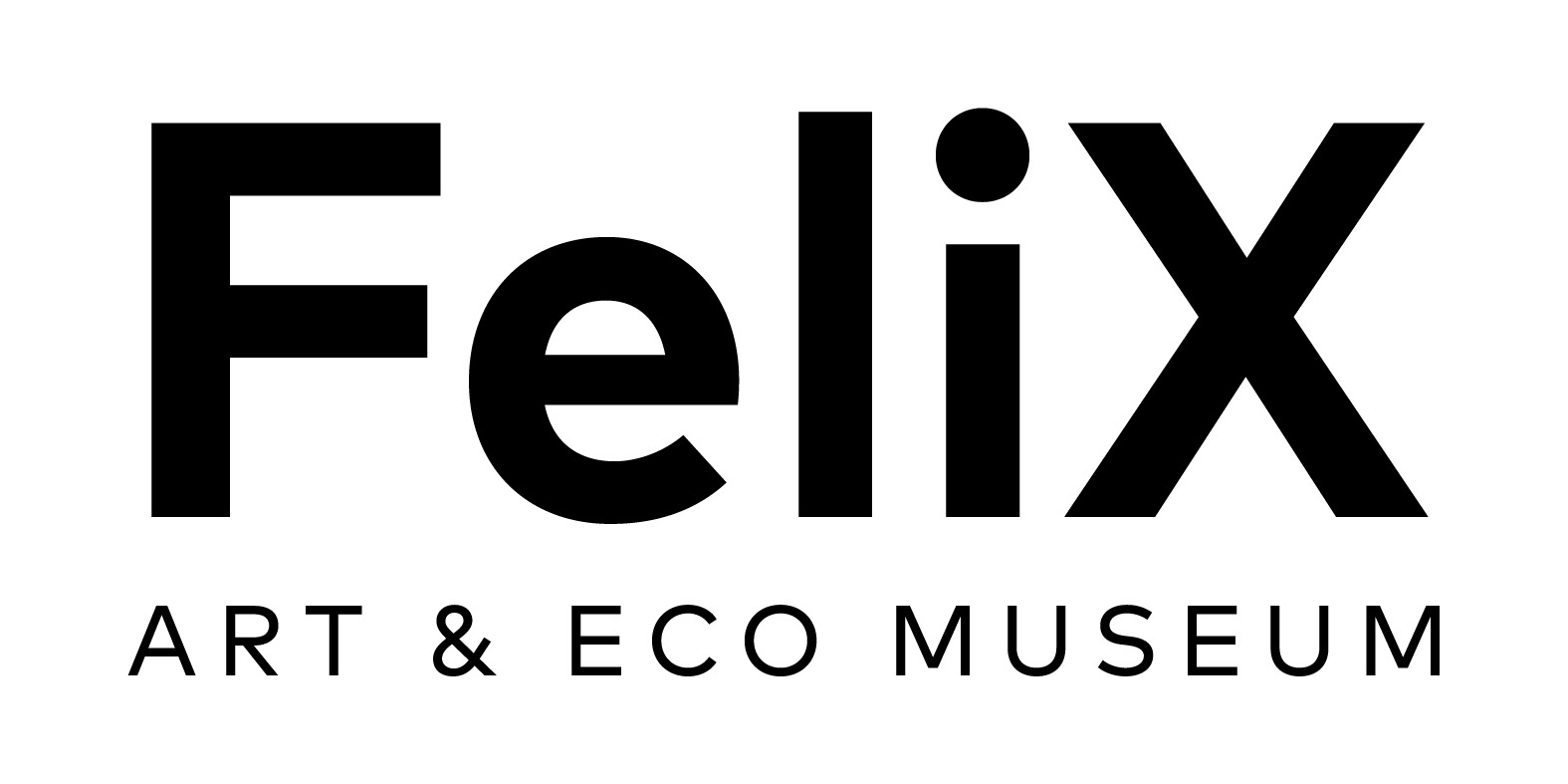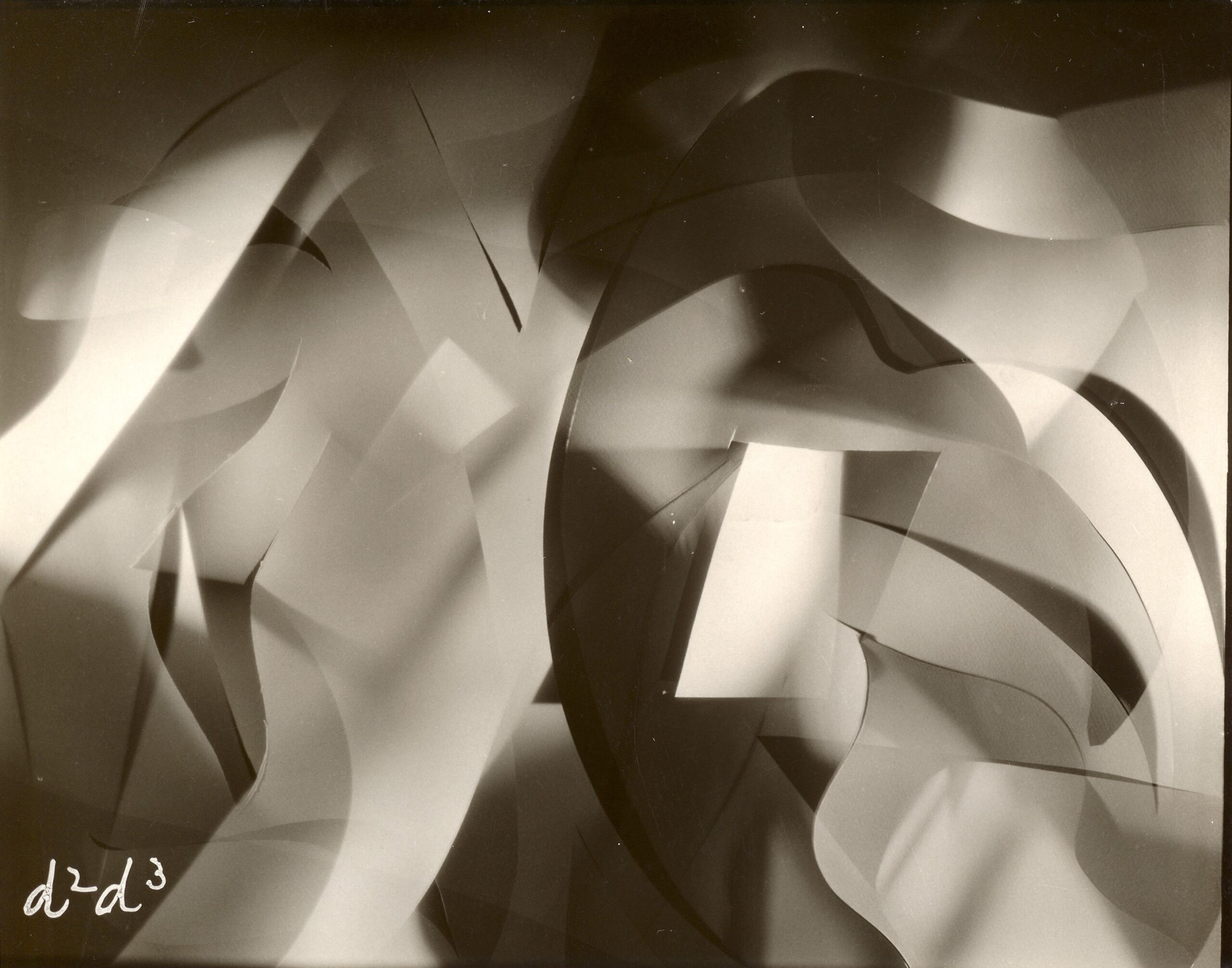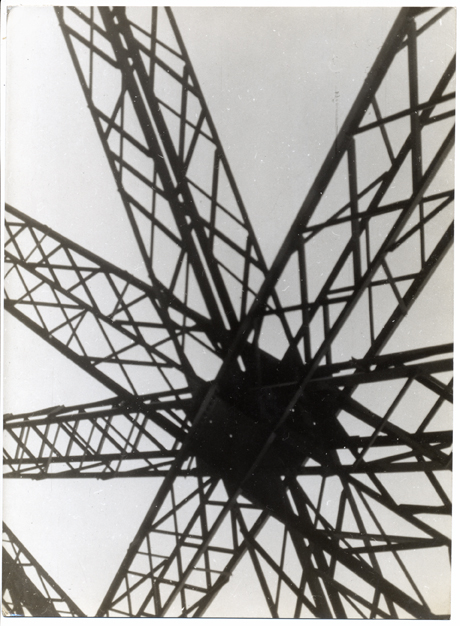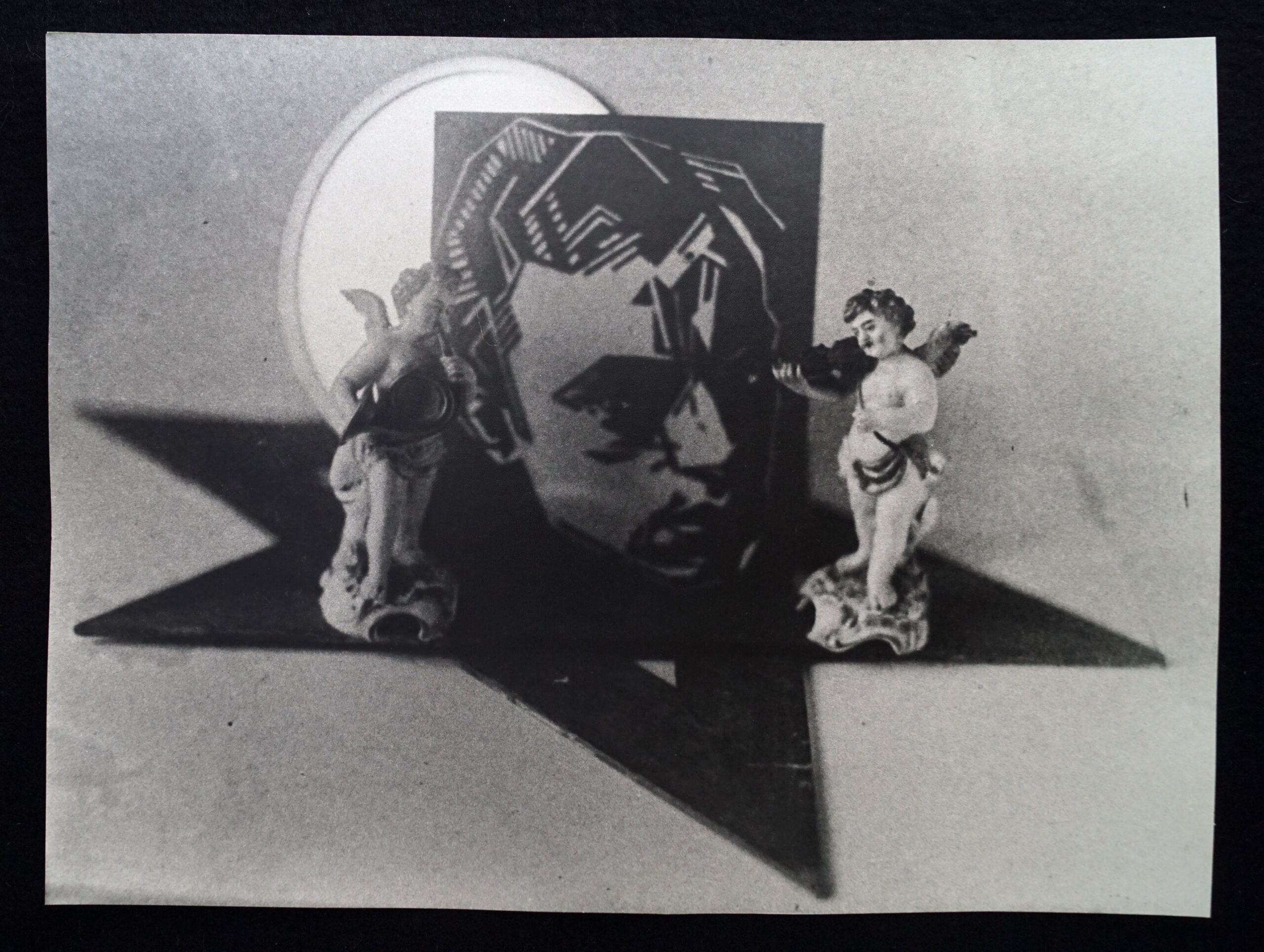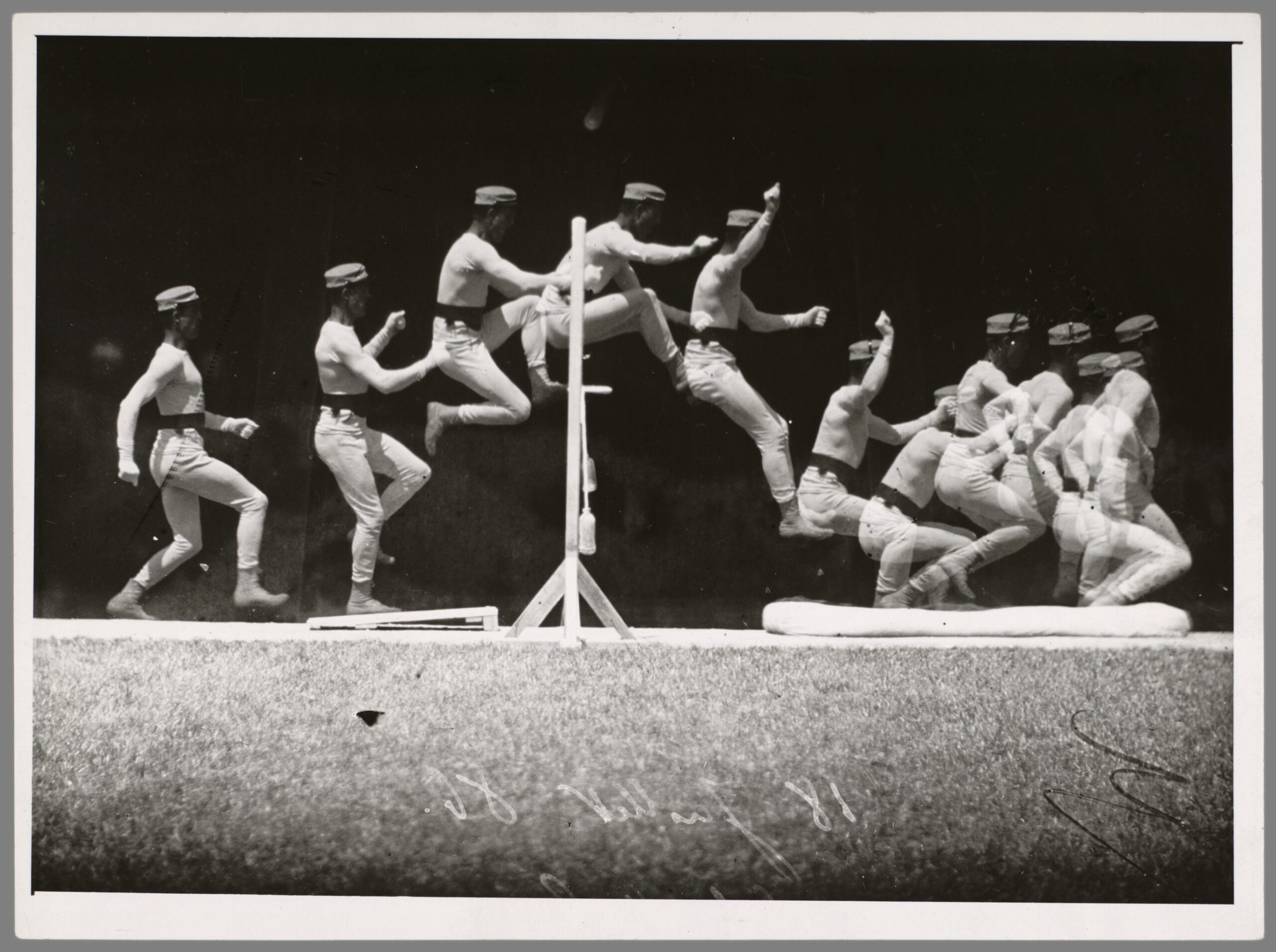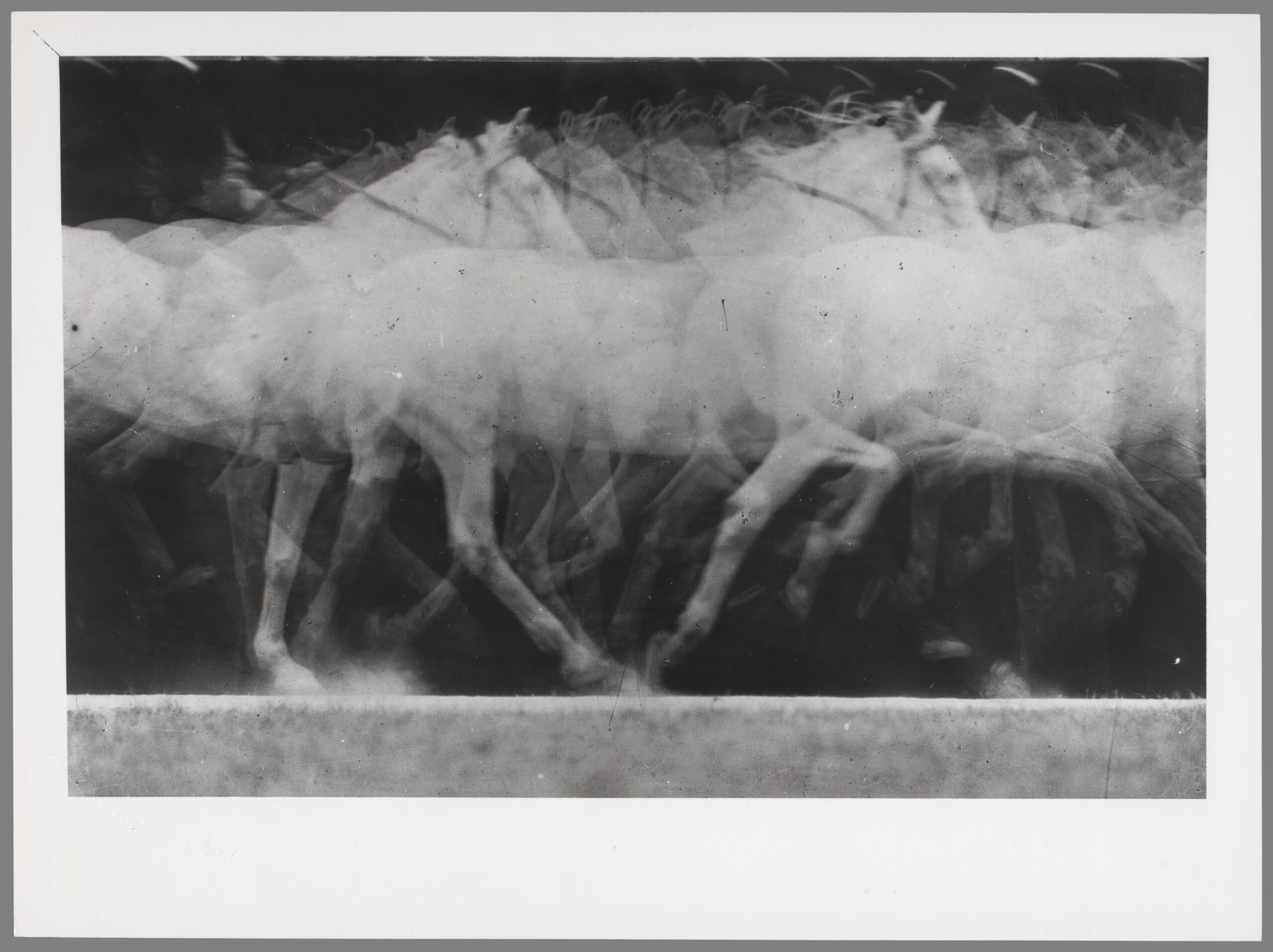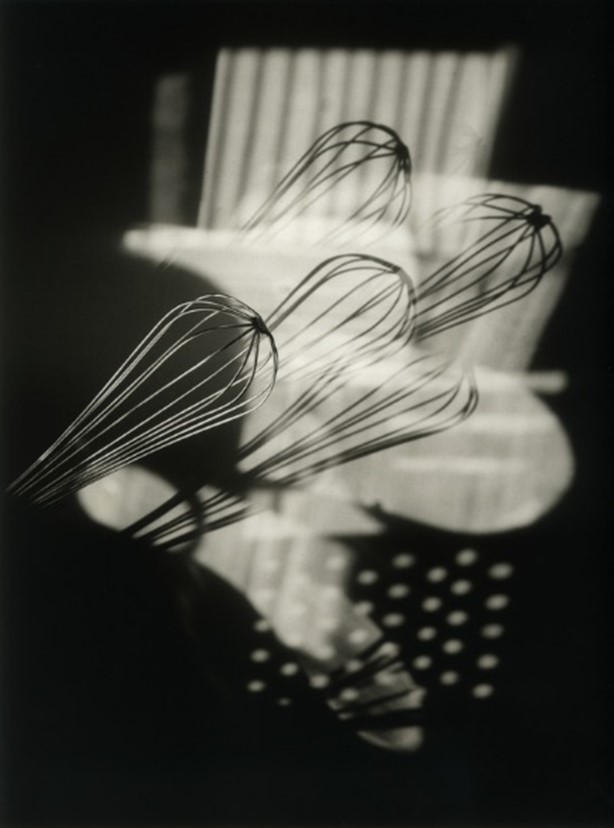Victor Delhez and experimental photography
29.09.2024 - 05.01.2025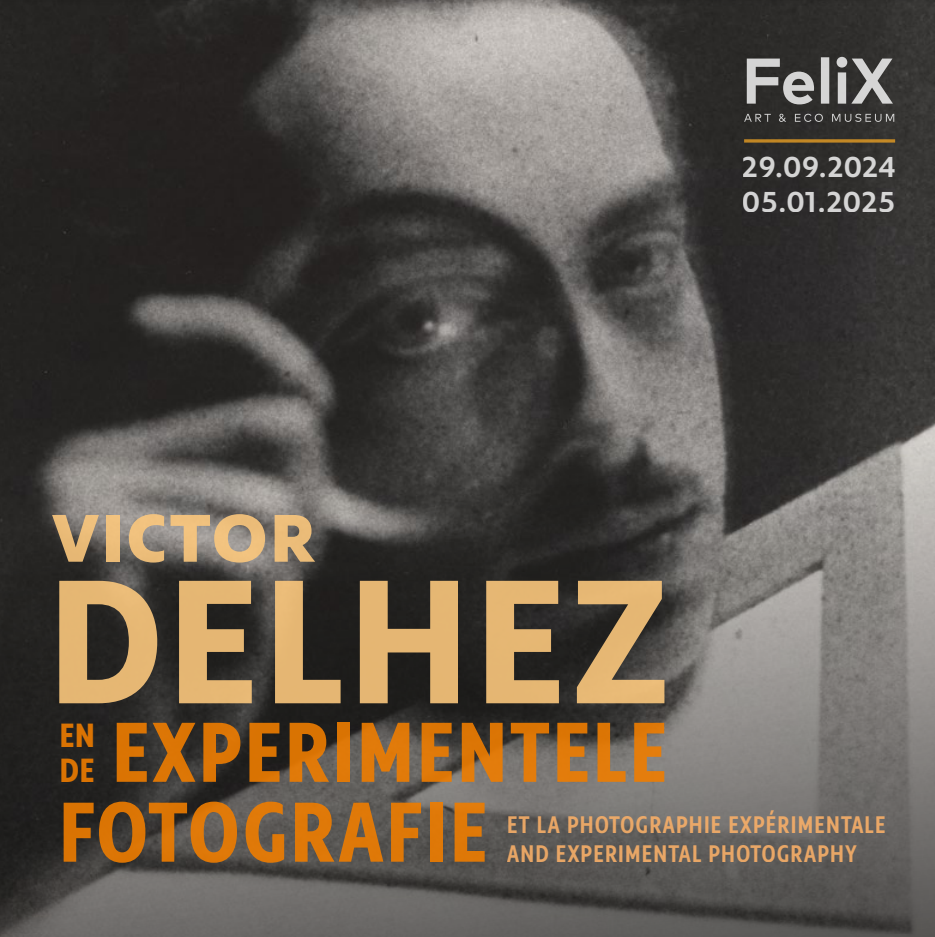
Victor Delhez and experimental photography
In 2016, the FeliX Art & Eco Museum held an exhibition around abstract graphics in the oeuvre of Victor Delhez (1902 – 1985). At that time, the pictures shown in the current exhibition were thought to be lost. The 21 works now on display are undoubtedly the tip of the iceberg, as he achieved artistic success with 55 experimental photographs he showed at the art circle ‘Los amigos del arte’ in August 1929. With that early exhibition, Delhez marks a historical precedent in modern photography, and this both for Argentina and Belgium. The aim of the current exhibition is to place this rediscovery in the light of developments within experimental photography.
The photographic experiments of Victor Delhez reflect the rational and confrontational aesthetics of his contemporaries, influenced by the visual culture of interwar Europe.
That Delhez also temporarily turned to photography as a graphic artist may not surprise. Photography was experiencing its second youth at the time. Modern photographers wished to break with the then leading movement of Pictorialism. They turned photography into a medium that once again allowed freedom for wild experimentation.
This exhibition is in collaboration with:

Victor Delhez
Modern photography
Innovation and inspiration
Chemical experiments
Optical experiments
Artists
Victor Delhez
In 1919, a young Victor Delhez is on the barricades along with other turbulent young artists launching their flamingant battle magazine ‘Het Overzicht’ in Antwerp. Delhez illustrates for Het Overzicht and publishes his linocuts that are thematically highly socially engaged. Michel Seuphor, initiator of the magazine and childhood friend, is initially a partner in crime in this adventure, but things come to a head.
In 1925, Delhez leaves Antwerp and makes the crossing to South America. During this crossing, he would experiment with photograms and montage, creating abstract and surrealist photographs. In his quest for recognition, he wrestles with himself, between two continents, between abstraction and figuration, between the unconventional and ‘le retour à l’ordre’. Black-and-white contrasts, along the lines of his wood engravings and linocuts and this series of photographs that form a breaking point in his oeuvre.
These experimental photographs mark his departure from Antwerp, while they also reflect his early years in Argentina, where he was still making abstract wood engravings. Delhez’s doubting stylistic stance in the late 1920s and his resolute turn towards figurative-realist in the early 1930s erased this brief experimental photographic period from memory.
Modern photography
Modernists versus picturalists
The Pictorialists had a distinct preference for idyllic landscapes and historical scenes. Modern photographers radically went opposite this and focused their lens on vibrant, dynamic city life. No nostalgia and romanticism, but activist photography in a changing zeitgeist.
They rediscovered and reassessed ‘marginal’ photographic practices such as amateur or scientific photography and seized on their formal inventiveness to put the medium on a new footing. Their refreshing, iconoclastic photographic style finds expression in optical and chemical experiments.
This exhibition looks back at the modern experiments with photography during the interwar period, but also shows some contemporary artists exploring the wide range of possibilities of photographic technique in a similarly experimental way as Victor Delhez and the modern photographers.
Innovation and inspiration
Modern photographers are mostly inspired by photographic practices on the margin. They are attracted to amateur photography and protocol photography. From amateur photography they adopt formal wildness, from protocol photography they learn how realism can be combined with a certain degree of abstraction.
From 1890, smaller and more user-friendly cameras are on sale. All ‘difficult’ technical processes (development and printing) are outsourced to industry. Amateur photography begins its rise. Amateur photographers are not trained. Their images are unforced, the framing is random, the angles unexpected, the lighting imperfect. Their raw, intuitive approach is at odds with the formal rigour of late-19th-century photography. Their unpolished images excite modern photographers with their unexpected beauty.
What is protocol photography? Think of the military aerial photographs of World War I or the scientific images of the late 19th century. In each case, these are images that follow strict protocol, giving an unexpected glimpse of reality. The disorienting aerial photographs reduce the world to an abstract pattern of lines and planes. Scientific photography reveals a world hidden from the naked eye. Both practices fascinate modern photographers because they produce unimaginable images.
Chemical experiments
Between positive and negative
Photography is essentially a chemical process. No photograph is possible without a substance that changes under the influence of light and of a chemical cocktail that can stop and fix that process. While the optical system clearly manifests itself on the outside of the camera under the form of a protruding lens, the chemical process is hidden in the dark interior of the camera and in the darkroom where the photographer converts the negative into a positive.
Modern photographers experimented extensively with the chemical processes of developing, fixing and printing. Some choose not to further develop the negative into a positive print. Others play with special techniques like brûlage and solarisation, both of which create alienating images, a different reality.
Optical experiments
New perspective on the world
The camera encloses the world in a rectangular frame. This frame draws an absolute boundary between inside and outside, between what is visible and what will forever remain invisible.
Modern photographers like to play with that boundary. Frames sit tightly around the subject. A detail lights up. Through mirrors and reflections, left and right, front and back merge, space becomes ambiguous.
Light, portable cameras, such as the 1925 Leica, free the photographer from the tripod. The camera and the photographer’s moving body merge. New, dynamic perspectives are possible, from bird to frog perspectives. Modern photographers borrow also from scientific photography and use techniques such as magnification and double exposure to capture the modern sense of urban acceleration.
Rectangular photographic images always have an orientation: vertical or horizontal. In her photo book ‘100 X Paris’, Germaine Krull plays with these possibilities, showing how the introduction of the car creates a new urban experience. Each tilt of the book, a snatch of the steering wheel.
Artists
Victor Delhez, Bernice Abbot, Anne Biermann, Eugène Atget, Ladislav Emil Berka, Henri Berssenbrugge, Oswell Blakeston, Karl Blossfeldt, Erwin Blumenfeld, Jozef Emiel Borrenbergen, George Hendrik Breitner, Erich Comeriner, Raphaël de Sélys Longchamps, Allain de Torbéchet, Marc De Blieck, Pierre Dubreuil, Alfred Erhardt, Jaromir Funke, René Guiette, Paul Edmund Hahn, Heinz Hajek-Halke, Kanbei Hanaya, Artür Harfaux, Jacques Haver, Wilhelm Heins, Florence Henri, Ewald Hoinkis, André Kertész, Willy Kessels, August Kreyenkamp, Germaine Krull, Eli Lotar, Man Ray, Etienne-Jules Marey, Laszlo Moholy-Nagy, Eadwaerd Muybridge, Aleksandr Rodchenko, Thomas Ruff, Michel Seuphor, Robert De Smet, Dominique Somers, Anton Stankowski, Julius Stinde, August Strindberg, Carl Strüwe, Maurice Tabard, Raoul Ubac, Umbo, Sine Van Menxel, Jules Vanderauwera, Bernard Voïta,…
curator: Steven Humblet
 Boek Tickets
Boek Tickets
